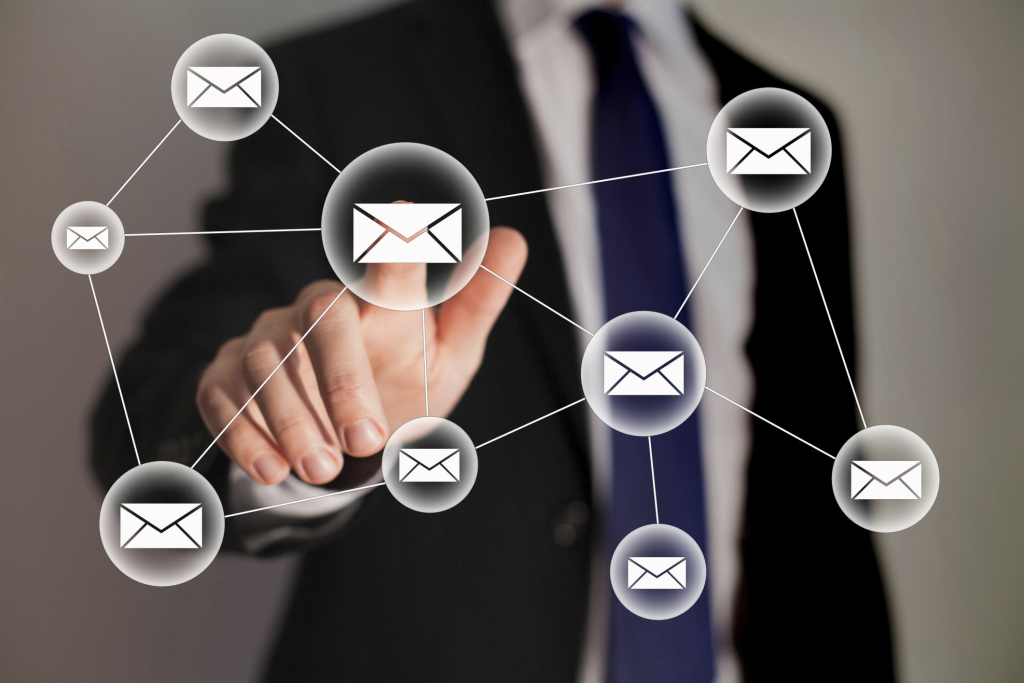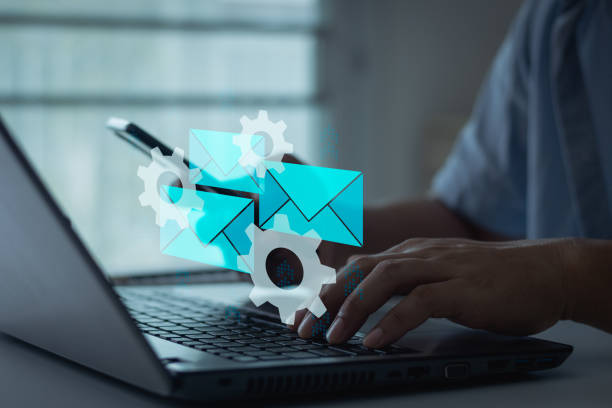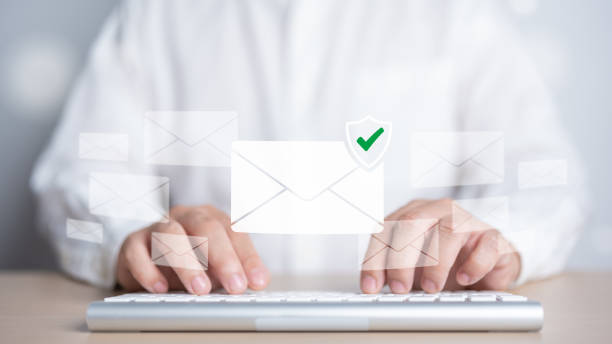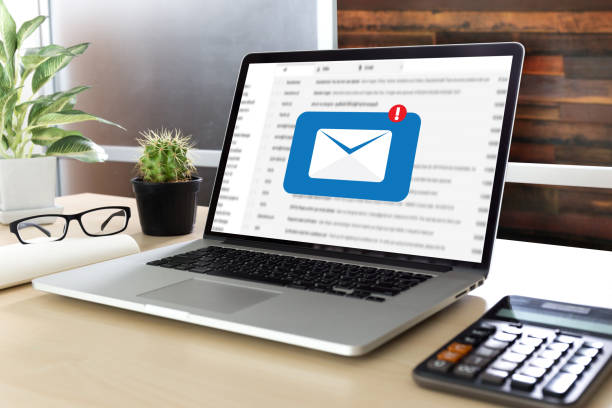Email marketing campaigns remain one of the most effective ways to connect with an audience. By delivering targeted messages straight to inboxes, businesses can share updates, promote products, and build strong customer relationships. However, the success of any email marketing campaign depends on understanding and following proven strategies. Let us dive into some essential practices to help you create campaigns that truly stand out.
What is an Email Marketing Campaign?
An email marketing campaign is a series of emails sent to a group of recipients to achieve a specific goal. These goals can include increasing sales, driving website traffic, or keeping your audience informed. Unlike single emails, campaigns involve carefully planned content that aligns with the recipient’s interests.
Why Do Businesses Use Email Marketing Campaigns?
Businesses rely on email marketing campaigns because of their cost-effectiveness and ability to reach a wide audience. Emails offer direct communication, and when done correctly, they encourage engagement.
Key benefits include:
- Reaching targeted audiences.
- Improving customer retention.
- Driving measurable results.
Understand Your Audience: Email Marketing Campaign
Before starting your email marketing campaign, it is important to understand who your audience is. People have different preferences, and sending the same message to everyone may result in low engagement.
Steps to Identify Your Audience
- Analyze your existing data: Look at customer demographics, purchase history, and behavior.
- Segment your audience: Divide your email list into smaller groups based on age, interests, location, or past purchases.
- Use surveys or polls: Ask your subscribers directly about their preferences.
Tip: Tailored messages resonate more with readers, increasing the chances of action.
Craft Attention-Grabbing Subject Lines: Email Marketing Campaign
The subject line is the first thing recipients see, and it plays a huge role in whether they open your email. A boring or unclear subject line may cause readers to ignore or delete your email.

How to Write Strong Subject Lines
- Keep them short and to the point (around 50 characters).
- Make them intriguing by asking a question or sparking curiosity.
- Use action-oriented language, such as “Discover new arrivals.”
- Avoid spam-trigger words like “free” or “urgent.”
Use Personalization to Make an Impact
Personalization goes beyond addressing a recipient by their name. It involves tailoring the content to match their preferences, making your emails feel relevant and engaging.
Ways to Personalize Emails
- Include the recipient’s name in the subject line or greeting.
- Recommend products based on their browsing or purchase history.
- Send special offers for birthdays or anniversaries.
Why It Works: Personalized emails have higher open rates and generate more clicks compared to generic ones.
Focus on Mobile-Friendly Design
More than half of email opens happen on mobile devices. If your emails are not optimized for mobile viewing, you risk losing a large portion of your audience.
Tips for Mobile Optimization
- Use a single-column layout.
- Keep text concise and use large, legible fonts.
- Ensure images load quickly and display correctly.
- Make call-to-action buttons big enough to tap easily.
Remember: If an email looks bad on a smartphone, readers are unlikely to engage with it.

Create Engaging Content: Email Marketing Campaign
Your email content should capture your reader’s interest while providing value. Nobody wants to open an email filled with boring or irrelevant information.
Components of Great Content
- Catchy Opening: Start with an attention-grabbing hook to draw readers in.
- Valuable Information: Provide solutions, tips, or updates that your audience cares about.
- Call to Action (CTA): End with a clear instruction, like “Shop now” or “Learn more.”
Use images, videos, or GIFs sparingly to make emails visually appealing without overwhelming the recipient.
Segment Your Email List
Not every email is relevant to everyone on your mailing list. Segmenting your list ensures that the right messages reach the right people.
Common Segmentation Criteria
- Demographics: Age, gender, or location.
- Purchase history: Frequent buyers vs. one-time shoppers.
- Behavior: Open rates, clicks, or engagement levels.
Why It Matters: Segmented campaigns often see better results because they feel more personal.
Timing Matters: Send Emails at the Right Time
The timing of your email can significantly impact its performance. Send it too early, and it may get lost. Send it too late, and the recipient might miss it.
Best Practices for Timing
- Consider your audience’s time zone.
- Test different times to see what works best for your audience.
- Avoid sending emails during weekends or holidays unless relevant.
Pro Tip: Midweek mornings are often the best time for business-related emails.
Test Before You Send
Even the smallest mistake can hurt your email marketing campaign. Testing ensures your emails look and function as intended.

What to Check
- Spelling and grammar errors.
- Links: Make sure all links lead to the correct pages.
- Appearance: Check how your email displays on various devices and browsers.
- CTA functionality: Ensure all buttons work properly.
Testing Types: A/B testing can help you determine which subject lines, designs, or content perform better.
Monitor and Analyze Performance: Email Marketing Campaign
Once your email marketing campaign is live, it is essential to track its performance. Analytics provide insights into what works and what needs improvement.
Metrics to Track
- Open Rate: Percentage of recipients who open the email.
- Click-Through Rate (CTR): Percentage who click on a link.
- Bounce Rate: Percentage of emails not delivered.
- Unsubscribe Rate: Percentage of recipients opting out of future emails.
Use these metrics to refine your future campaigns and achieve better results.
Avoid Spam Filters
Getting your emails into inboxes is the first step toward a successful campaign. Unfortunately, overly promotional or poorly formatted emails can trigger spam filters.
How to Stay Out of Spam: Email Marketing Campaign
- Avoid spam-trigger keywords like “Congratulations” or “Act now.”
- Use a reputable email service provider.
- Ensure your email includes a clear unsubscribe option.
Pro Tip: Always get permission before adding someone to your email list.
Keep Your Email List Clean: Email Marketing Campaign
A cluttered email list can lead to high bounce rates and poor engagement. Regularly cleaning your list ensures you only reach active and interested recipients.
Steps to Maintain a Healthy Email List
- Remove invalid email addresses.
- Identify and remove inactive subscribers.
- Use double opt-ins to confirm interest.
Why It Matters: A clean list improves deliverability and performance.
Stick to a Consistent Schedule: Email Marketing Campaign
Consistency builds trust. When subscribers know when to expect your emails, they are more likely to open them.
How to Maintain Consistency
- Set a realistic schedule based on your resources.
- Inform subscribers about your email frequency when they sign up.
- Avoid overwhelming your audience with too many emails.

Respect Your Audience’s Preferences: Email Marketing Campaign
Giving your audience control over what they receive increases satisfaction and reduces the likelihood of unsubscribing.
Tips to Respect Preferences
- Offer subscription options (e.g., weekly updates vs. monthly newsletters).
- Make it easy to opt out of specific campaigns.
- Respond promptly to feedback or complaints.
The Bottom Line: Happy subscribers are more likely to stay engaged with your content.
Conclusion: Email Marketing Campaign
Creating an effective email marketing campaign takes careful planning, creativity, and attention to detail. By following these best practices, you can connect with your audience in meaningful ways and achieve your goals. Focus on delivering valuable content, personalizing your approach, and continuously learning from your results.








